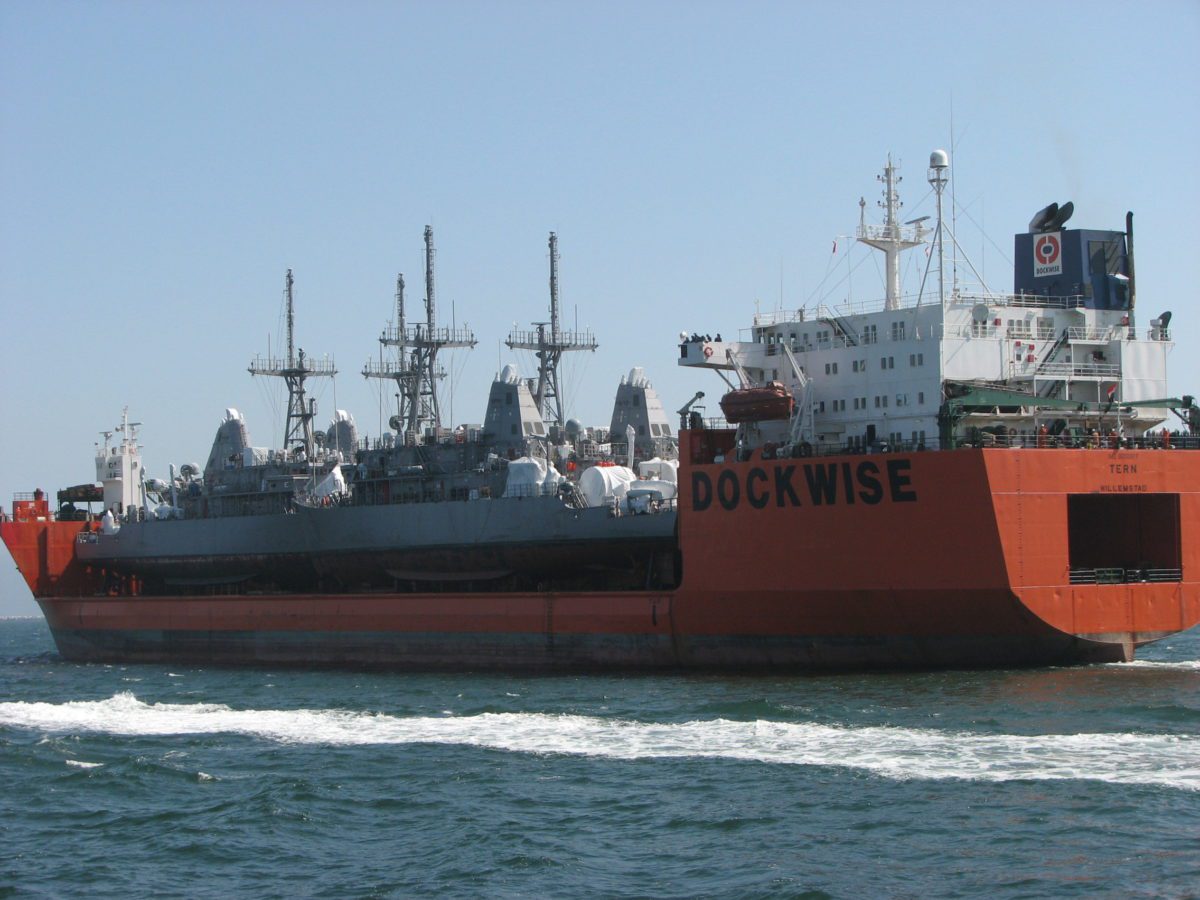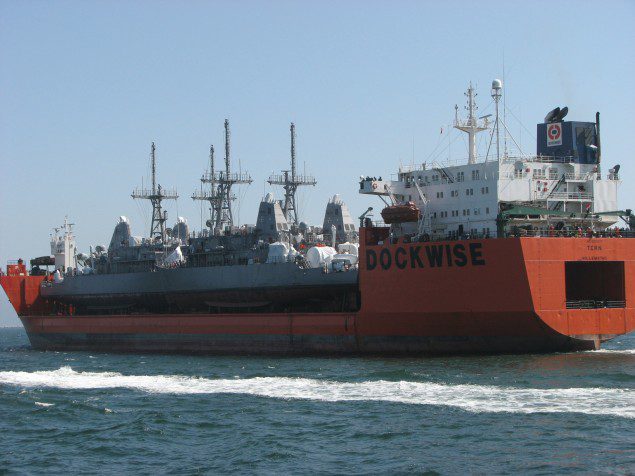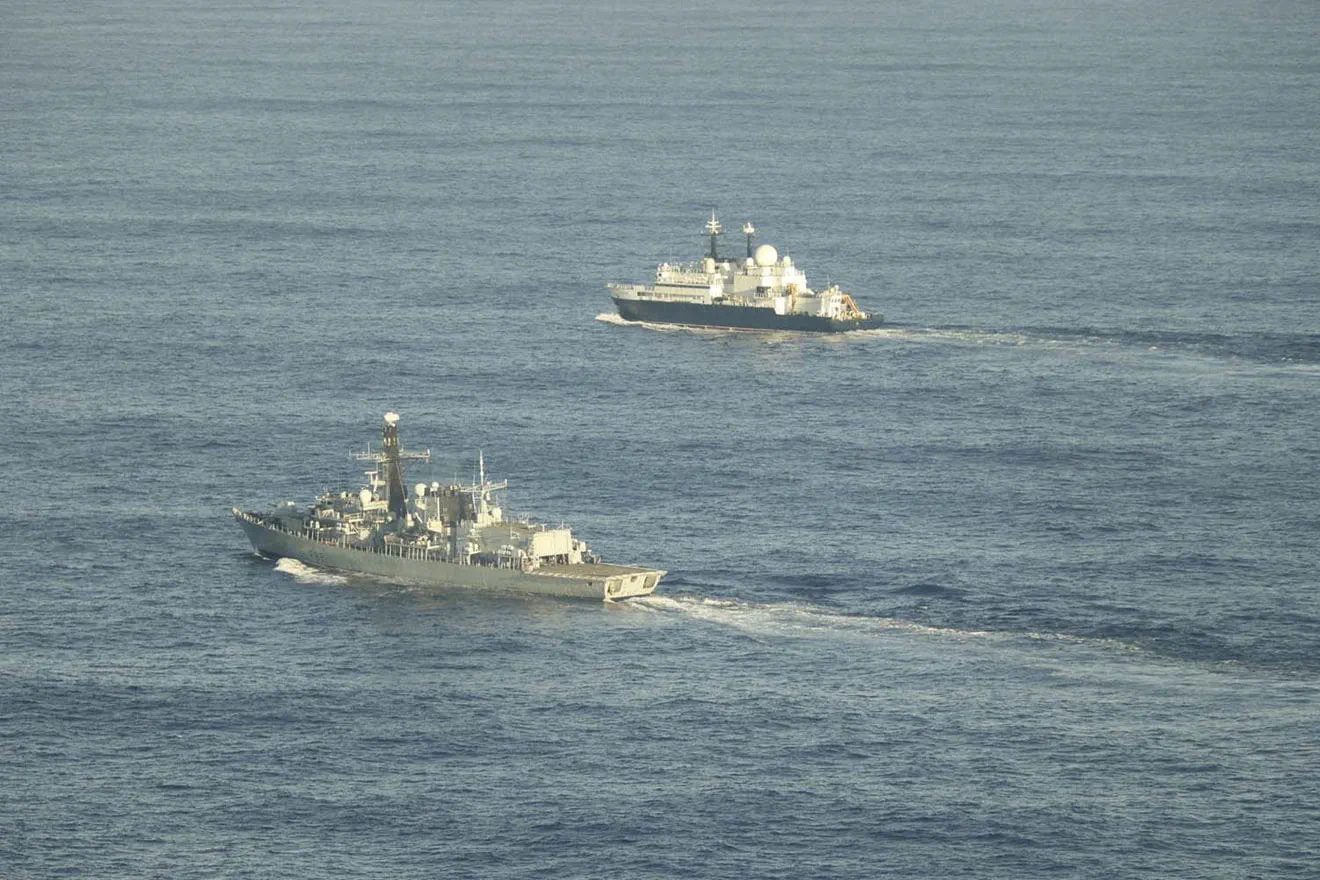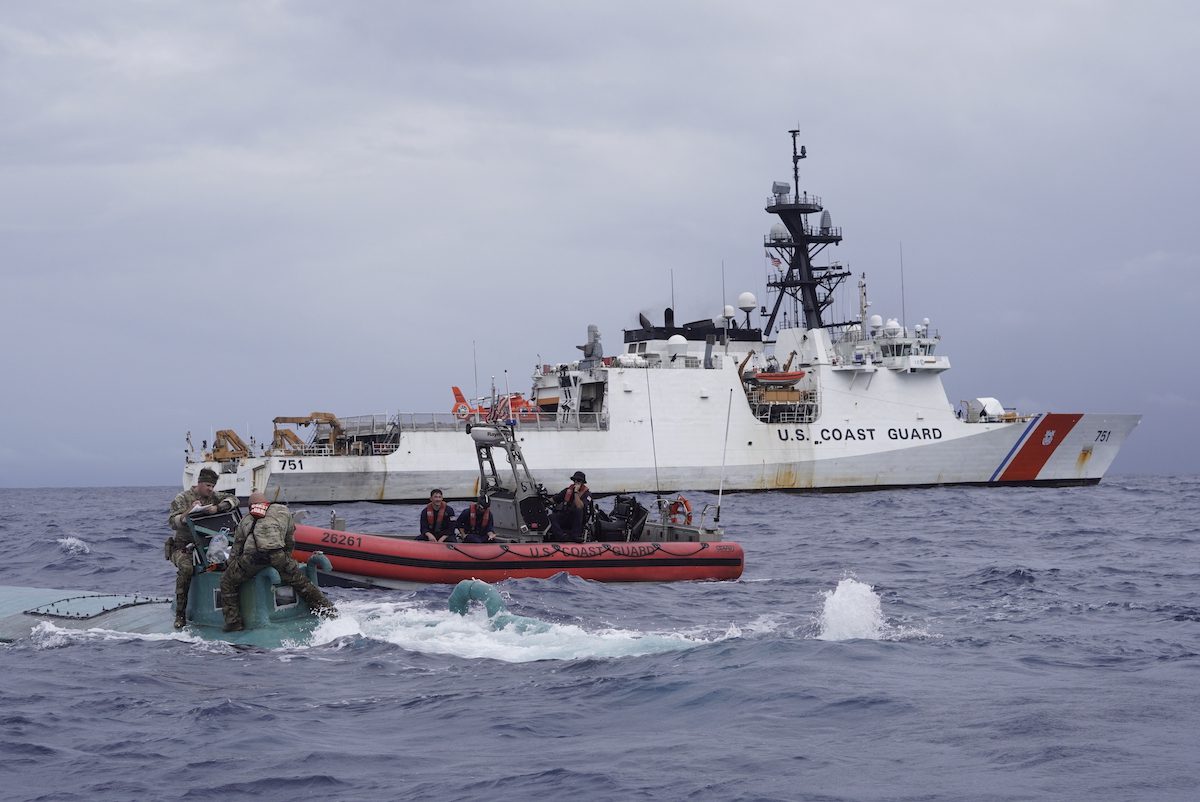(Bloomberg) — The U.S. and 29 other nations have begun the biggest mine-clearing exercise in the Persian Gulf region, a show of force as tensions escalate over a threatened Israeli attack on Iran’s nuclear facilities.
The 12-day exercise that started yesterday involves Western nations such as the U.K. and France, as well as participants as varied as Japan, Yemen, Jordan, New Zealand and Estonia, according to the U.S. Navy. In an effort to avoid a showdown with the Islamic Republic, it won’t extend into the Strait of Hormuz, the waterway between Iran and Oman through which as much as a fifth of the world’s traded oil is shipped daily.
In addition to serving as a warning to Iran, the display of power will “signal to Israel that the United States has a military option available” and show “U.S. resolve to its Persian Gulf allies, especially in the face of repeated Iranian threats to try to close the Strait of Hormuz,” according to Kenneth Katzman, a Middle East specialist for the nonpartisan Congressional Research Service in Washington.
Participating nations will conduct mine-hunting and mine- countermeasure operations with MH-53E Sea Dragon helicopters, as well as explosive ordnance disposal, diving, and small-boat exercises and port-clearance operations focused on underwater improvised explosive devices, according to the U.S. Navy 5th Fleet, which is headquartered in Bahrain.
The exercise will focus “on a hypothetical threat to mine the international strategic waterways of the Middle East, including the Red Sea, the Gulf of Aden, the Gulf of Oman, and the Persian Gulf,” the U.S. Central Command in Tampa, Florida, said in a statement.
Threats on Strait
Iranian officials have periodically threatened to close the Strait, which is 21 miles (34 kilometers) wide at its narrowest point, in retaliation for tightening international sanctions aimed at dissuading them from developing a nuclear weapon. Laying mines or sinking a ship in the Strait would disrupt tanker traffic and also prompt insurance companies to raise rates on tankers, leading at least temporarily to higher oil prices.
Brent oil for October settlement closed at $116.66 a barrel on Sept. 14 in trading on the London-based ICE Futures Europe exchange. The contract, a benchmark for more than half of the world’s crude, has gained 8.6 percent this year.
On Aug. 30, Iran Oil Minister Rostam Qasemi said he wants global oil prices to rise to at least $130 a barrel, which he called a “reasonable price.”
Iran’s Revolutionary Guard Corps is ready to fight a possible military offensive and “nothing will remain” of the Israeli government if it attacks, Major General Mohammad Ali Jafari, commander-in-chief of the corps, said yesterday, according to the official Islamic Republic News Agency.
‘Red Line’
Israeli Prime Minister Benjamin Netanyahu and Defense Minister Ehud Barak have said Israel may have no choice but to launch a strike against Iran’s nuclear facilities as international negotiations stall over the program.
Iran’s effort to develop nuclear weapons is now in a “red zone,” and the U.S. must set a clear “red line” that Iran can’t cross without risking a military attack, Netanyahu said yesterday on the NBC News program “Meet The Press.”
Netanyahu has become more vocal in demanding that the U.S. define clear limits since Secretary of State Hillary Clinton said in a Bloomberg Radio interview on Sept. 9 that the U.S. is “not setting deadlines” on negotiations with Iran.
In addition to the mine-sweeping exercise, the U.S. has two aircraft carrier strike groups in the region currently, with the USS Enterprise in the Arabian Sea and the USS Dwight D. Eisenhower in the Persian Gulf.
‘Devastating Power’
The carriers’ presence tells Iran the U.S. “can easily project devastating power onto Iranian soil at a moment’s notice,” Katzman of the Congressional Research Service said in an e-mail.
Defense Secretary Leon Panetta told CBS’s “This Morning” on Sept. 11 that “we have the forces in place to be able to not only defend ourselves, but to do what we have to do to try to stop them from developing a nuclear weapon.” Iran says its nuclear program is for civilian purposes.
The mine-clearing exercise’s multinational participation shows “we are not alone — it’s just not the United States ‘bullying’ Iran,” Michael Eisenstadt, director of military studies at the Washington Institute for Near East Policy, said in a phone interview.
Freedom of Navigation
The exercise signals resolve among many countries that “if you try to disrupt freedom of navigation, we have the capability in place to, within a few days to a few weeks, resolve that and you’ll pay a heavy price,” Eisenstadt said.
The U.S. has been bolstering its capabilities in the region this year, doubling to eight the number of naval minesweepers and MH-53 helicopters, made by the Sikorsky Aircraft unit of Hartford, Connecticut-based United Technologies Corp., for the mission, and introducing a new underwater drone for mine detection and neutralization.
The drone, called the Seafox, is being developed for Lockheed Martin Corp., based in Bethesda, Maryland, by a unit of Bremen, Germany-based Atlas Elektronik GmbH.
The Pentagon in June requested congressional approval to spend $9.6 million extra to buy missile launchers for five ships from Raytheon Co. That would allow installation of Griffin missiles on U.S. patrol boats “to protect vessels and personnel from the increased threat of hostile fast-attack craft” used by Iran.
The “reprogramming” request also included $6.4 million to buy 40 additional Griffin missiles for installation on the patrol craft. The Pentagon plans to spend $30.2 million on the Raytheon system through 2017 because it was urgently requested by the U.S. Central Command.
Iran’s Mines
Iran’s inventory of mines has grown to more than 5,000, military historian David Crist wrote in “The Twilight War: The Secret History of America’s Thirty-Year Conflict with Iran.”
That compares with 1,000 mines in the 1980s during its conflict with Iraq and its “tanker war” with the West. In 1987 and 1988, Iran battled the U.S. Navy after its mines damaged American vessels.
Given the threat from Iran, “more such exercises are needed to improve our ability to operate with our international partners,” Mark Gunzinger, an analyst with the Center for Strategic and Budgetary Assessments in Washington, said in an e-mail. “It’s also a very clear signal that we have the capabilities and the will to maintain freedom of navigation.”
Still, “the United States recognizes the importance of not overreacting to Iranian threats regarding the Strait, which would give them more credit and influence than they deserve,” said Caitlin Talmadge, an Iran specialist and associate professor at George Washington University in Washington.
The U.S. “wants to clearly and publicly remind Iran that implementing these threats won’t have a good outcome for anyone, especially Iran,” she said in an e-mail. For all its occasional bluster, “Iran has generally avoided picking fights with the U.S. Navy since the Iran-Iraq War,” Talmadge said.
– Tony Capaccio, Copyright 2012 Bloomberg

 Join The Club
Join The Club












